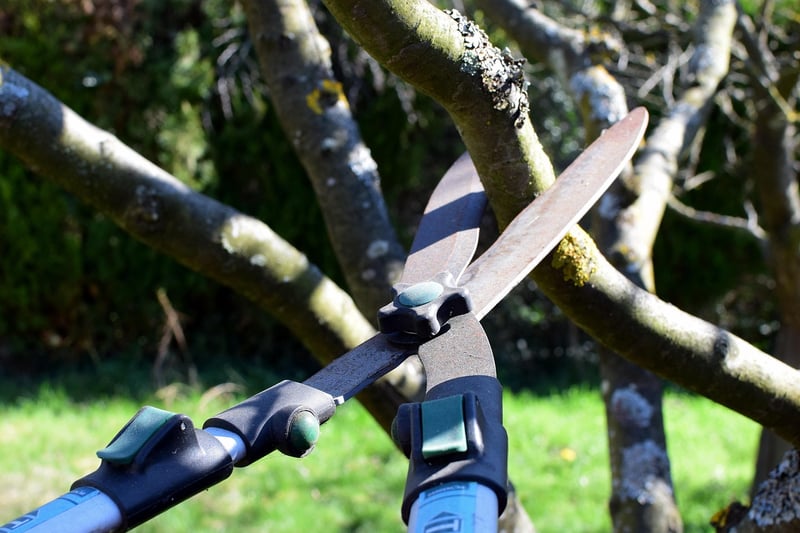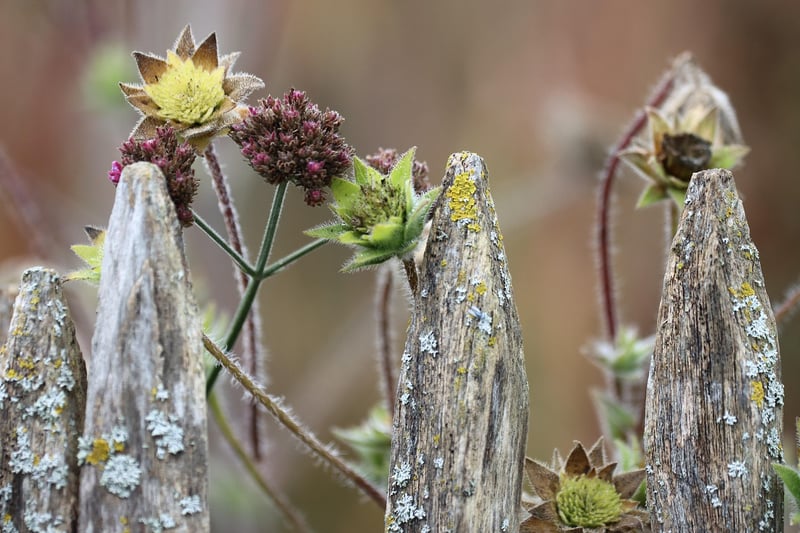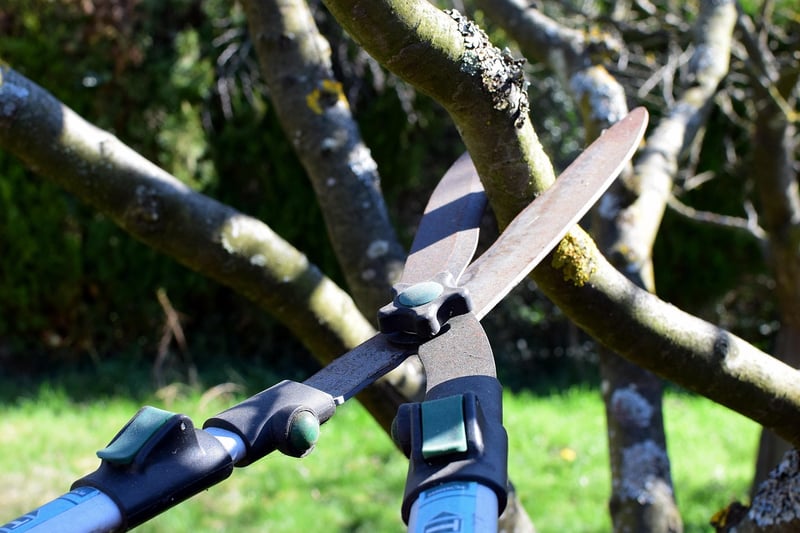Pruning Techniques
Keep Your Garden Thriving with Proper Pruning Techniques
Having a well-maintained garden not only enhances the beauty of your outdoor space but also promotes the health and growth of your plants. One essential aspect of garden maintenance is pruning. Proper pruning techniques help plants thrive by removing dead or overgrown branches, shaping the plants, and encouraging new growth. Here are some tips to help you master the art of pruning and keep your garden lush and vibrant.
1. Use the Right Tools
Before you start pruning, make sure you have the proper tools for the job. Invest in a sharp pair of pruning shears for smaller branches and a pruning saw for thicker ones. Clean and sharpen your tools regularly to ensure clean cuts that promote faster healing.
2. Know When to Prune
Understanding the growth cycle of your plants is crucial for determining the best time to prune. In general, it's best to prune flowering shrubs right after they bloom, while winter is an ideal time to prune many deciduous trees. Avoid pruning during extreme weather conditions or when plants are under stress.
3. Identify the Branches to Remove
When pruning, focus on removing dead, damaged, or diseased branches first. Next, look for branches that are crossing or rubbing against each other, as they can cause wounds and hinder healthy growth. Finally, consider removing any overly long or unproductive branches to improve the plant's overall shape.
4. Make Clean Cuts
When cutting branches, make clean cuts close to the main trunk or a lateral branch. Avoid leaving stubs, as they can invite pests and diseases. Angle your cuts properly to promote healing and prevent water from collecting on the wounds.
5. Step Back and Assess
After pruning, take a step back and assess the plant's overall appearance. Make sure you are happy with the shape and balance of the plant. If needed, make additional cuts to achieve the desired look while keeping the plant's health in mind.
6. Properly Dispose of Pruned Material
Dispose of pruned branches and leaves properly to prevent the spread of diseases. Consider composting healthy plant material or disposing of diseased material in sealed bags. Keep your pruning tools clean by disinfecting them after each use.
By following these pruning techniques, you can help your garden thrive and flourish throughout the year. Remember that pruning is a skill that improves with practice, so don't be afraid to experiment and learn from your experiences. Happy gardening!


For more information on gardening tips and techniques, visit Royal Horticultural Society - Pruning Guide.
